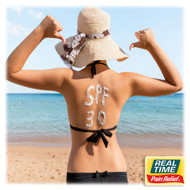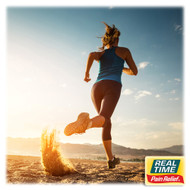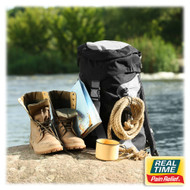Tips to Stay Active and Protected Under the Sun
3rd Aug 2022
Summer is upon us, and for many, that means more time out in the sun. While we may all enjoy the summer weather and the opportunities that it provides, we need to know the risks that come with increas
… read more









